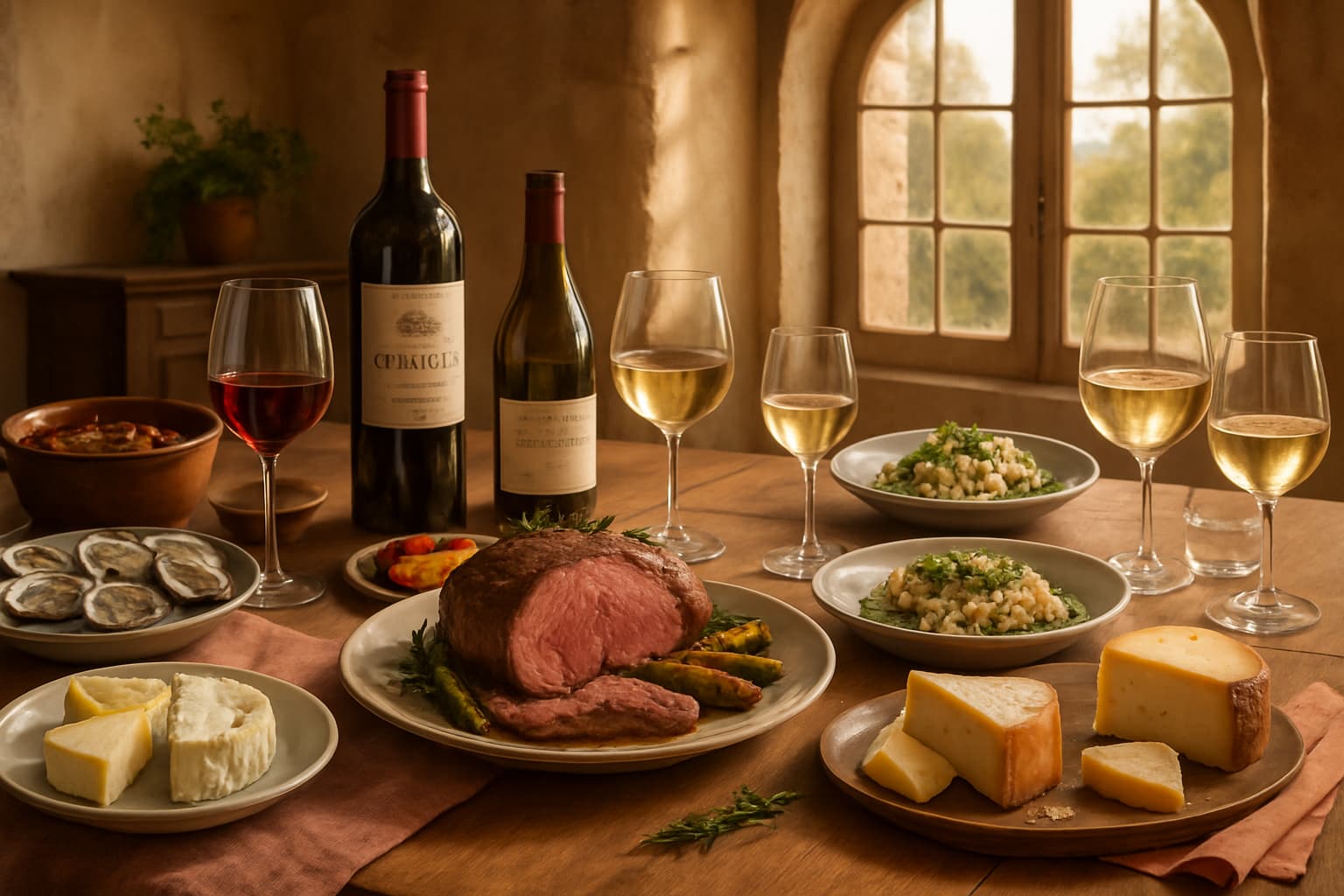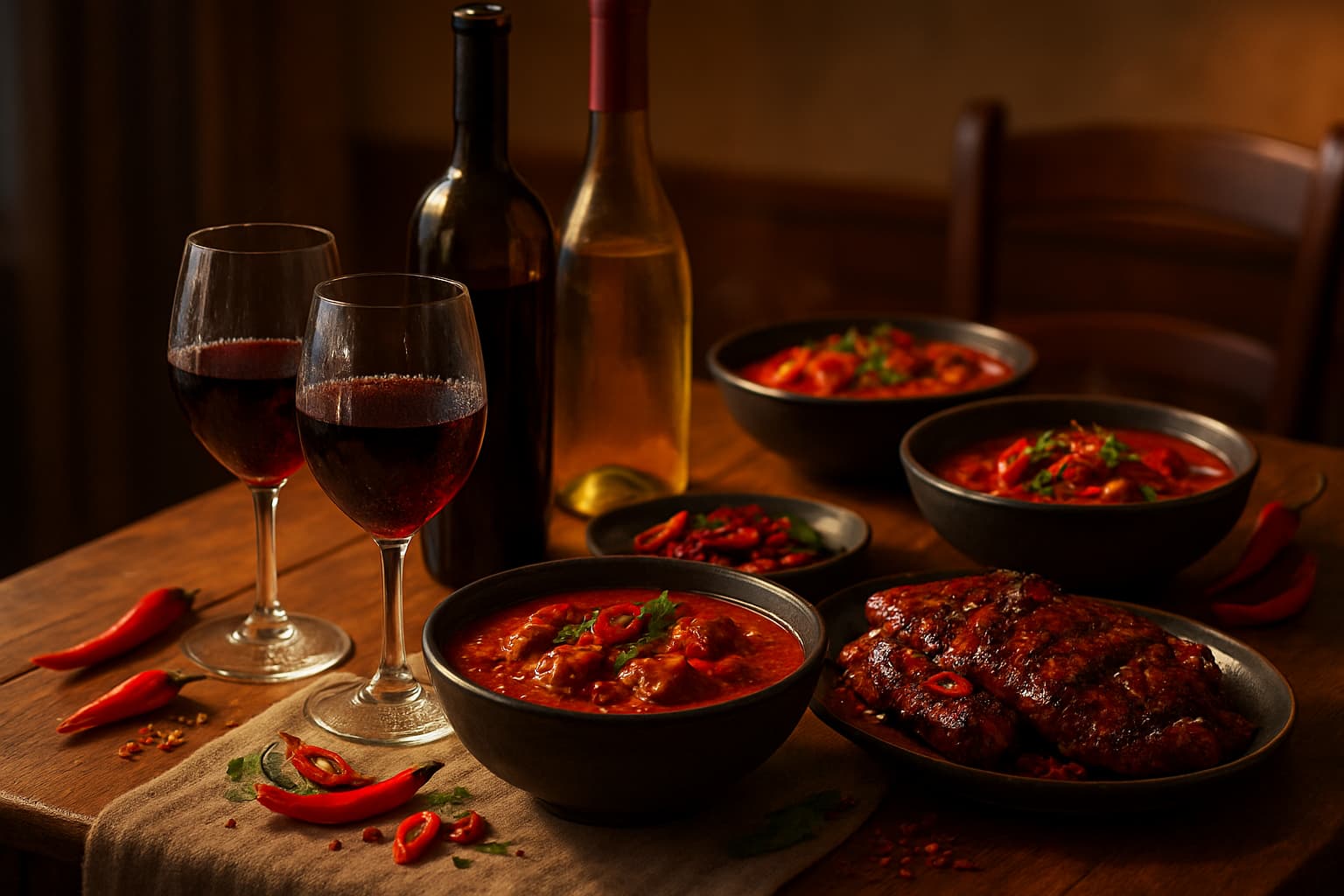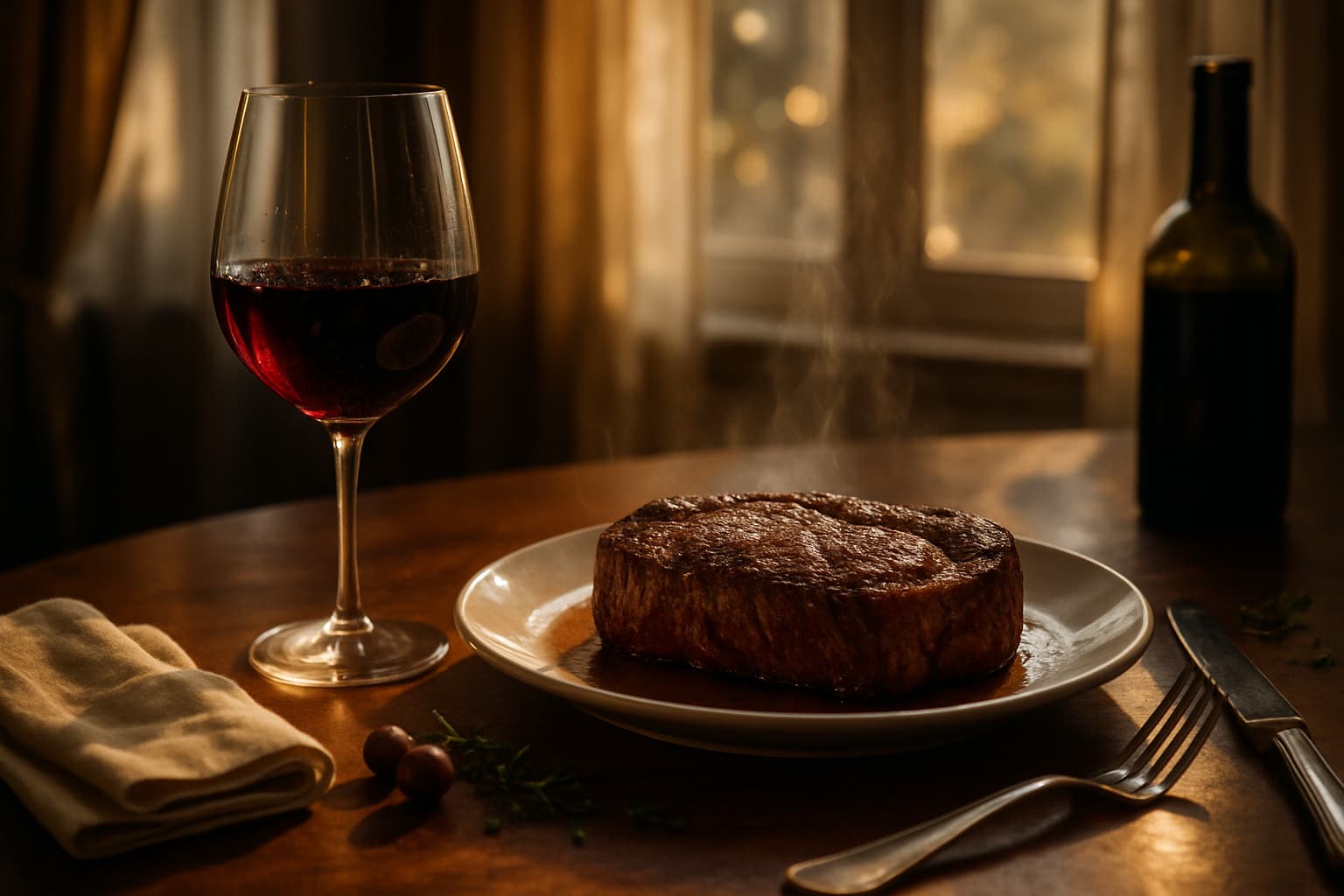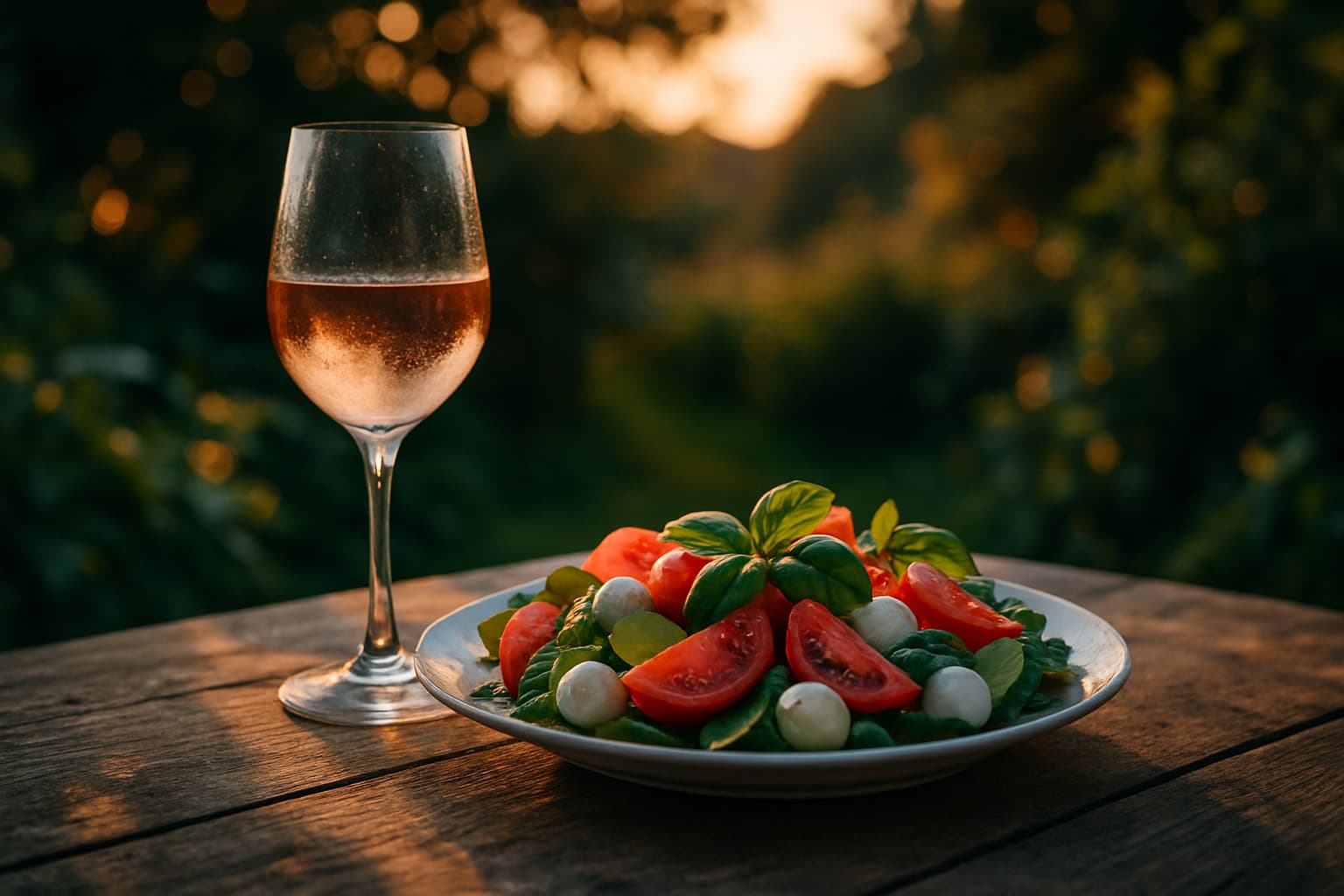

The Principles of Balancing Wine and Spicy Foods
Ah, the art of balancing wine with spicy food. It's like trying to tame a wild beast with a silk scarf, but trust me, it's a dance worth learning. So, buckle up, grab your favorite bottle, and let's dive into this spicy adventure.
Understanding the Heat: Why Spicy Food is a Challenge
First off, let's get one thing straight: spicy food isn't a walk in the park. When you bite into that fiery chili, your mouth doesn't just feel the heat; it's a full-on assault on your taste buds. Capsaicin, the culprit behind the burn, can make your wine taste like a watered-down version of itself. But fear not, my fellow culinary warriors, because with the right wine, you can turn that fire into a flavorful fiesta.
The Wine Selection: Choosing Your Battle Armor
So, what kind of wine do you bring to this battle? You need something that can stand up to the heat, not just roll over and play dead. Here's where it gets interesting:
Reds: The Bold and the Beautiful
If you're a red wine lover, you're in luck. Full-bodied reds like Syrah, Zinfandel, or even a robust Cabernet Sauvignon can hold their own against spicy dishes. These wines have high tannins and a rich mouthfeel that can cut through the heat, leaving your palate refreshed and ready for more.
Take Syrah, for example. This bold wine from the Rhône Valley in France has a peppery edge that complements spicy food beautifully. It's like the wine version of a leather jacket—tough, bold, and ready to take on anything.
Whites: The Cool and the Collected
But what if you're more of a white wine fan? No problem. Look for whites with a bit of sweetness and acidity, like Riesling or Gewürztraminer. These wines can balance the heat with their refreshing qualities. A slightly sweet Riesling from Germany, for instance, can cool down the fire while enhancing the flavors of your spicy dish.
Gewürztraminer, with its exotic aromas and spicy undertones, is another excellent choice. It's like sipping on a tropical breeze while your mouth is on fire—a perfect paradox.
Rosés and Sparkling Wines: The Unexpected Heroes
Don't overlook rosés and sparkling wines. A chilled rosé with its crisp acidity can be a refreshing companion to spicy food. And if you want to add a bit of fizz to your meal, a sparkling wine like Prosecco or Cava can cleanse your palate between bites, making each mouthful feel like a new adventure.
The Art of Pairing: Matching Flavors and Textures
Now that we've got our wine arsenal ready, let's talk about the art of pairing. It's not just about choosing the right wine; it's about creating a harmonious balance of flavors and textures.
Complementing the Heat
When pairing wine with spicy food, you want to complement the heat without overwhelming it. Look for wines with fruit-forward profiles that can stand up to the spice. For example, a Zinfandel with its jammy fruit flavors can enhance the sweetness in a spicy barbecue sauce, turning up the flavor dial without turning up the heat.
Balancing the Flavors
But it's not just about the heat; it's about balancing the flavors. If your dish has a lot of umami or savory notes, a wine with earthy undertones like a Pinot Noir can bring out those flavors. And if your dish is heavy on the citrus or herbs, a Sauvignon Blanc with its zesty acidity can lift the flavors and keep your palate refreshed.
Considering the Texture
Don't forget about texture. Spicy food can sometimes feel heavy on the palate, so a wine with good acidity can help cut through that richness. A crisp Chardonnay with its bright acidity can balance out a creamy, spicy curry, making each bite feel lighter and more enjoyable.
The Philosophical Underpinnings: Why We Love Spicy Food and Wine
Now, let's get a bit philosophical. Why do we love pairing wine with spicy food? It's not just about the flavors; it's about the experience. There's something thrilling about the contrast between the heat of the food and the coolness of the wine. It's like riding a rollercoaster—scary, exhilarating, and ultimately satisfying.
This dance between fire and ice is a metaphor for life itself. We seek out challenges, push our boundaries, and then find comfort in the things that soothe us. Wine and spicy food embody this duality perfectly, making every meal an adventure in self-discovery.
The Subtle Nuances: What to Watch Out For
But let's not forget the subtle nuances. When pairing wine with spicy food, there are a few things to watch out for. For instance, avoid wines with high alcohol content, as they can amplify the heat and make your meal feel like a trip to the Sahara. And be cautious with oak-aged wines, as the vanilla and spice notes can clash with the heat, turning your meal into a flavor battleground.
The Strong Conclusion: Embracing the Adventure
So, there you have it, my friends. Balancing wine with spicy food is an art, a science, and a thrilling adventure all rolled into one. Whether you're sipping on a bold Syrah or a refreshing Riesling, the key is to embrace the heat, enjoy the journey, and let the flavors guide you.
So next time you're faced with a fiery dish, don't shy away from it. Grab a bottle of your favorite wine, take a deep breath, and dive into the delicious chaos. Because in the world of wine and spicy food, the only limit is your imagination. Cheers to that, you magnificent bastards.
More from Wine and Food Pairing
Master the Language of Wine
Tannins
Tannins are astringent compounds found in wine that contribute to its texture and aging potential, often causing a drying or puckering sensation in the mouth. They are derived from grape skins, seeds, and stems, as well as from oak barrels used during aging.
/ˈtænɪnz/
Malic acid
Malic acid is a naturally occurring organic acid found in grapes that contributes to the tart, green apple-like flavor and crispness in wine. It plays a significant role in the taste and acidity of wine.
/mælɪk ˈæsɪd/
Filtration
Filtration in winemaking is the process of removing solid particles from wine to clarify and stabilize it before bottling, using various types of filters to achieve different levels of clarity and remove unwanted elements like yeast, bacteria, and sediment.
/fɪlˈtreɪʃən/
Oxidation
Oxidation in wine is a chemical reaction between the wine and oxygen that can change its flavor, aroma, and color. This process can be beneficial or detrimental depending on the extent and context of the exposure.
/ˌɒksɪˈdeɪʃən/
Microclimate
Microclimate refers to the unique climate conditions of a small, specific area within a larger region, significantly influencing grapevine growth and the characteristics of the resulting wine.
/ˈmīkrōˌklīmit/
Subscribe to Our Newsletter
Get weekly wine recommendations, vineyard news, and exclusive content delivered to your inbox.

